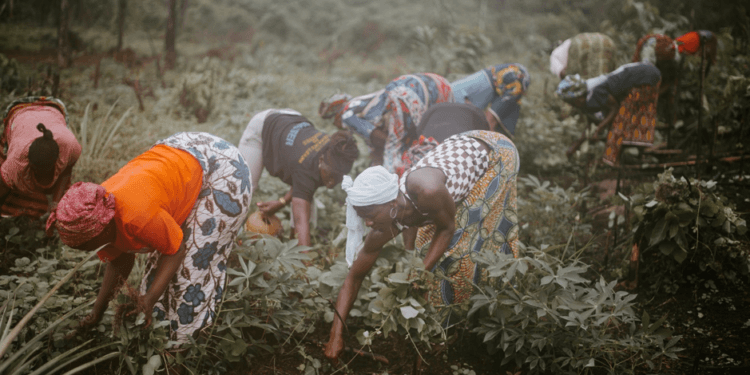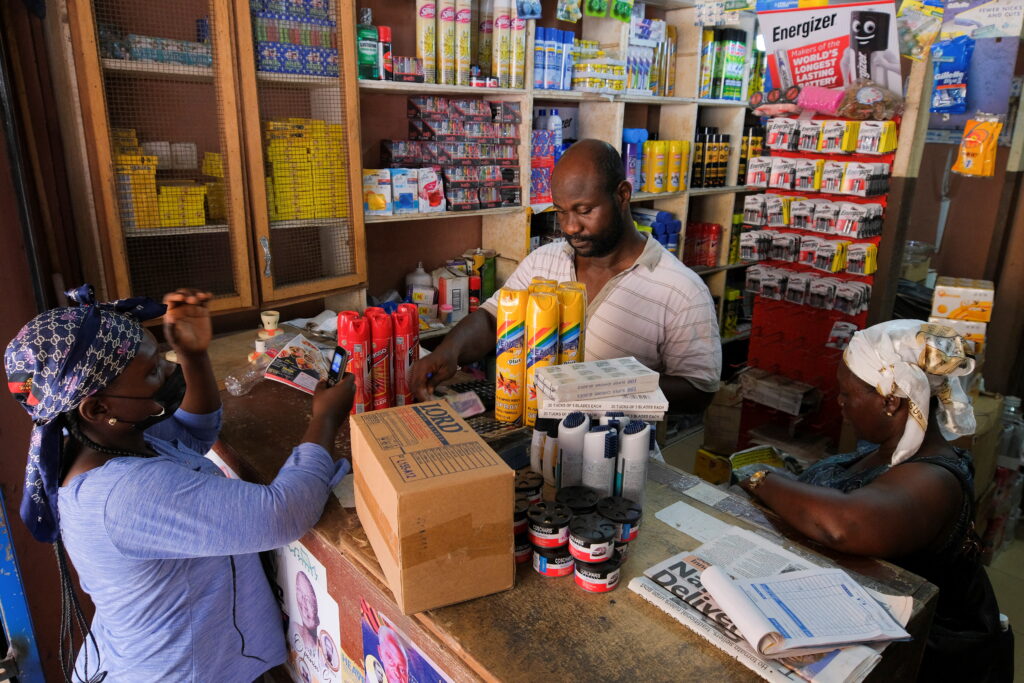The Real Cost of Cheap Imports and Why Food Security Isn’t About Yield Alone
Tomatoes from Burkina Faso, onions from Mali, rice from Vietnam, frozen chicken from Brazil. Ghanaian markets are flooded with food imports that, on paper, are cheap. They stabilise supply, offer variety, and often undercut local prices. But what looks like affordability on the surface hides a structural imbalance that threatens long-term food security in our beloved country. Let me clarify that imports are not the enemy. But dependency is. Food security isn’t just about producing enough. It’s about sovereignty over what we eat, resilience when global supply chains wobble, and the ability to feed a population without always relying on foreign reserves. When a country becomes overly dependent on external food sources, it loses control over its meals, as well as bargaining power, national pride, and the capacity to plan effectively for future shocks. AFRICA’S FOOD IMPORT PARADOX Africa imports approximately $50 billion worth of food annually, with projections to reach $90-$110 billion by 2025 if no significant changes are made. Last year, Ghana’s food import bill surpassed $3.5 billion, with some sources even reporting it approaching $4 billion, including staples we can produce locally. These include rice, poultry, cooking oil, sugar, and even basic vegetables during the off-season. The irony? Much of this import expenditure could be redirected towards strengthening local agricultural capacity and value chains. Why do we still import so much? Because imported food often seems cheaper, but this superficial affordability conceals longer-term, systemic costs that are more difficult to quantify. Job losses in local farming, processing, and distribution chains weaken rural economies and drive youth out of agriculture. Pressure on forex reserves forces governments to spend precious foreign currency on importing food rather than investing in domestic industries. Vulnerability to global price shocks, as seen during COVID-19, the Russia-Ukraine war, and recent tensions between Israel and Iran, causes sudden food shortages and price increases. The loss of food culture and biodiversity happens quietly. When markets favour foreign varieties, local crops and cuisines start to vanish. This is how dependency creeps in. One container at a time, we outsource the backbone of our food system. Over time, we no longer grow what we eat, or eat what we grow. WHY ‘GROW MORE FOOD’ ISN’T ENOUGH Many policy responses focus on increasing agricultural yield: more fertiliser, improved seeds, mechanised farming. These are necessary interventions. But they address only the tip of the iceberg. Because even when we produce more, the rest of the system often fails: Post-harvest losses in Ghana range from 20% to 40%, especially for perishables like tomatoes, yam, and plantain. These losses result from inadequate storage, transport delays, and poor handling. Market linkages remain fragmented. Rural farmers often struggle to find buyers promptly or are compelled to sell to middlemen at exploitative prices. Storage infrastructure is inadequate. Without warehouses, cold chains, and silos, bumper harvests lead to temporary surpluses followed by shortages. Input dependency persists. Even when yields rise, they’re often driven by imported fertilisers, chemicals, hybrid seeds, or fuel for tractors, meaning any disruption to global supply chains threatens domestic output. Ergo, merely increasing productivity without fixing value chains can make our food systems more fragile, not less. CHEAP IMPORTS HOLLOW OUT LOCAL MARKETS Ghana’s poultry industry is one of the most cited examples of this hollowing-out effect. In the early 2000s, local poultry farms met over 90% of domestic demand. Today, over 80% of the chicken consumed in Ghana is imported, often from the US and the EU. These imports are typically frozen leftovers in my opinion, dark meat that is less preferred in export markets and sold at low prices due to foreign subsidies. Local poultry farmers struggle to compete. Not just on price, but also on access to processing facilities, veterinary support, and cold-chain distribution. The downstream effects? Loss of rural jobs, reduced food quality control, and rising health concerns over antibiotic use in imported meat. It’s a similar story with rice. Ghana produces quality rice in regions like Volta, Upper East, and Ashanti, yet imported varieties dominate supermarket shelves. The “Eat Ghana Rice” campaign has gained cultural traction, but local rice still faces obstacles like inconsistent packaging, branding, marketing, and logistics. These are competitive disadvantages that prevent local industries from scaling. FOOD SECURITY IS A VALUE CHAIN ISSUE Real food security is not just about farming. It’s about interlinked systems within various sectors that transform raw crops into reliable meals. Local value addition must become standard. For example, Ghana grows plenty of tomatoes, yet we import tomato paste. Processing capacity must rise to prevent waste and retain value. Agro-logistics is key. This includes cold rooms, real-time tracking, rural road networks, and last-mile delivery systems. Without these, urban markets cannot depend on rural produce. Finance access remains too shallow. Smallholder farmers and agro-SMEs need better tools like cooperative credit schemes, crop-indexed insurance, and grant-matched funding. Consumer culture is important. Ghanaians need to trust, prefer, and feel proud to buy Ghana-made food. That means investing in safety standards, attractive packaging, and public campaigns that reframe local food as premium, not inferior. From farm to fork, every link matters. And every break in the chain makes us more vulnerable. THREE POLICY PIVOTS GHANA CAN MAKE We can develop a National Food Balance Sheet. We must monitor, in real-time, what we grow, import, consume, and store. This data-driven mapping helps forecast shortages, guide investments, and make smarter trade decisions. It can also support targeted subsidies and emergency planning. We can modernise agro-industrial clusters. Various national agro-projects have laid foundational infrastructure. But we must build on that by integrating digital tools, shared R&D labs, quality control centres, and logistics services. Think of it as a contemporary ecosystem for agri-processing SMEs, not just isolated entities. We can link trade and nutrition policies together. Food policy is more than just filling stomachs; it concerns health and national stability. Ghana must ensure trade policies do not encourage ultra-processed imports while local crops decay. Tariff policies should support nutrition goals, climate resilience, and rural employment. CHEAP FOOD IS NOT THE SAME AS SECURE FOOD. The true cost of cheap
The Real Cost of Cheap Imports and Why Food Security Isn’t About Yield Alone Read More »




